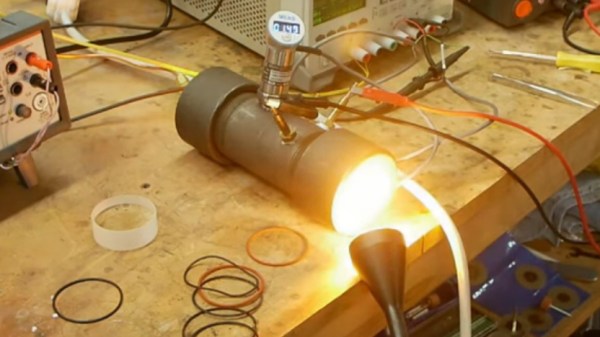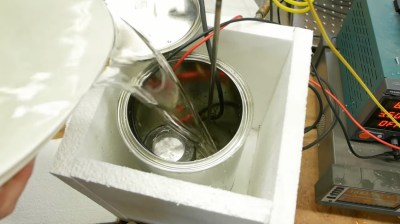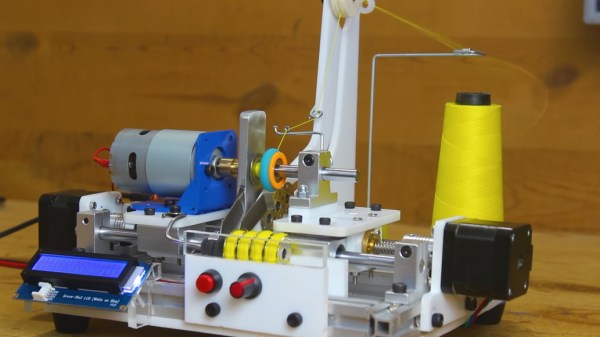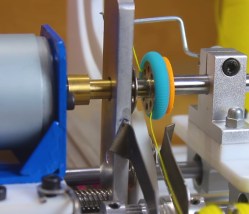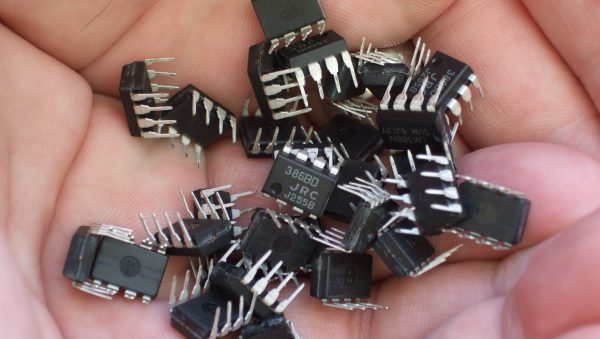We’re running a contest on Making Tech at Home: building projects out of whatever you’ve got around the house. As a hacker who’s never had a lab outside of my apartment, house, or hackerspace, I had to laugh at the premise. Where the heck else would I hack?
 The idea is that you’re constrained to whatever parts you’ve got on hand. But at the risk of sounding like Scrooge McDuck sitting on a mountain of toilet paper, I’ve got literally hundreds of potentiometers in my closet, a couple IMUs, more microcontrollers than you can shake a stick at, and 500 ml of etching solution waiting for me in the bathroom. Switches, motors, timing belts, nichrome wire…maybe I should put in an order for another kilogram of 3D printer filament. In short, unless it’s a specialty part or an eBay module, I’m basically set.
The idea is that you’re constrained to whatever parts you’ve got on hand. But at the risk of sounding like Scrooge McDuck sitting on a mountain of toilet paper, I’ve got literally hundreds of potentiometers in my closet, a couple IMUs, more microcontrollers than you can shake a stick at, and 500 ml of etching solution waiting for me in the bathroom. Switches, motors, timing belts, nichrome wire…maybe I should put in an order for another kilogram of 3D printer filament. In short, unless it’s a specialty part or an eBay module, I’m basically set.
But apparently not everyone is so well endowed. I’ve heard rumors of people who purchase all of the parts for a particular project. That ain’t me. The guru of household minimalism asks us to weigh each object in our possession and ask “does it spark joy?”. And the answer, when I pull out the needed 3.3 V low-dropout regulator and get the project built now instead of three days from now, is “yes”.
And I’m not even a hoarder. (I keep telling myself.) The rule that keeps me on this side of sanity: I have a box for each type of part, and they are essentially fixed. When no more motors fit in the motor box, no more motors are ordered, no matter how sexy, until some project uses enough of them to free up space. It’s worked for the last 20 years, long before any of us had even heard of Marie Kondo.
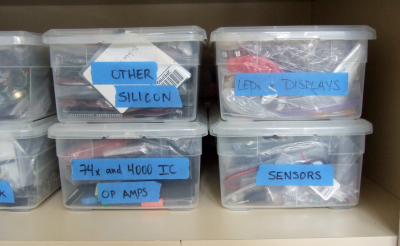 So if you also sit atop a heap of VFD displays like Smaug under the Lonely Mountain, we want to see what you can do. If you do win, Digi-Key is sending you a $500 goodie box to replenish your stash. But even if you don’t win, you’ve freed up space in the “Robot Stuff” box. That’s like winning, and you deserve some new servos. Keep on hacking!
So if you also sit atop a heap of VFD displays like Smaug under the Lonely Mountain, we want to see what you can do. If you do win, Digi-Key is sending you a $500 goodie box to replenish your stash. But even if you don’t win, you’ve freed up space in the “Robot Stuff” box. That’s like winning, and you deserve some new servos. Keep on hacking!
This article is part of the Hackaday.com newsletter, delivered every seven days for each of the last 200+ weeks. It also includes our favorite articles from the last seven days that you can see on the web version of the newsletter.
Want this type of article to hit your inbox every Friday morning? You should sign up!






